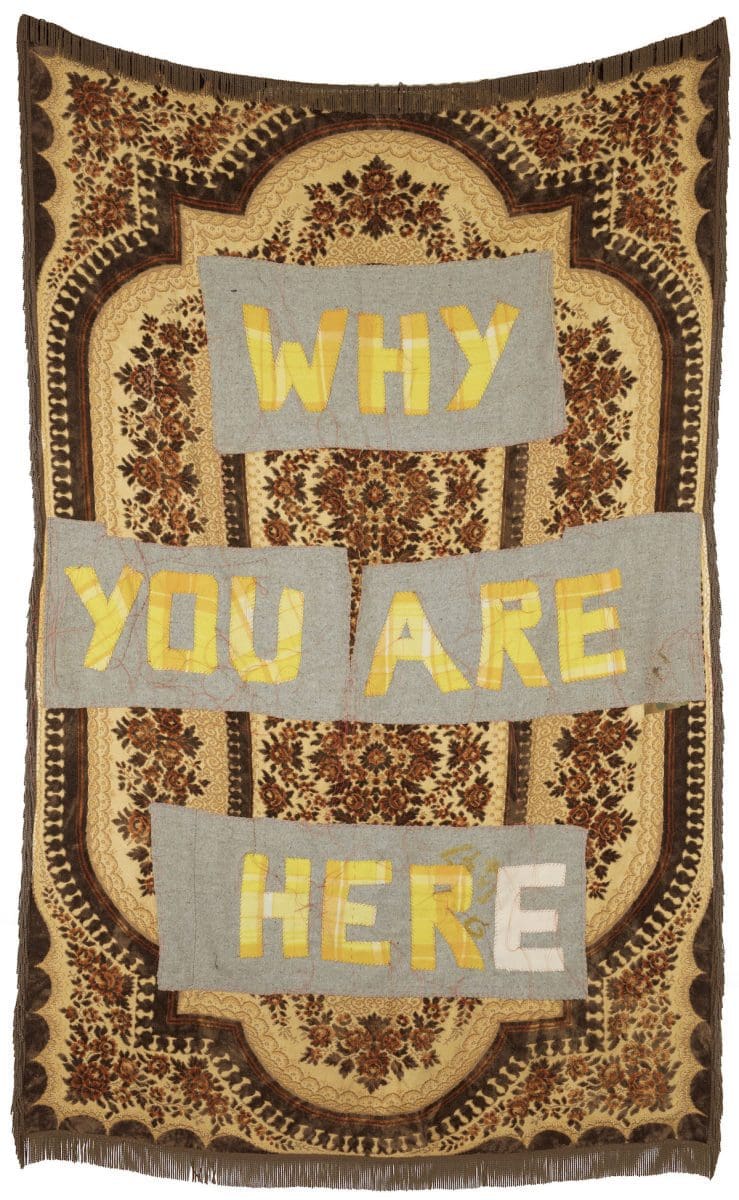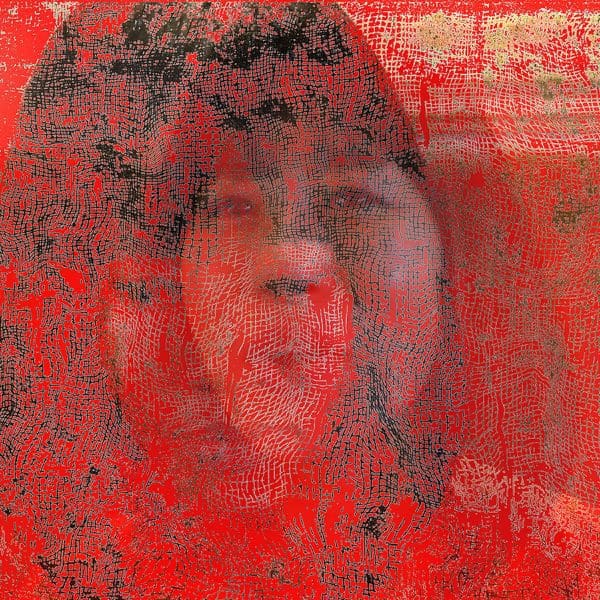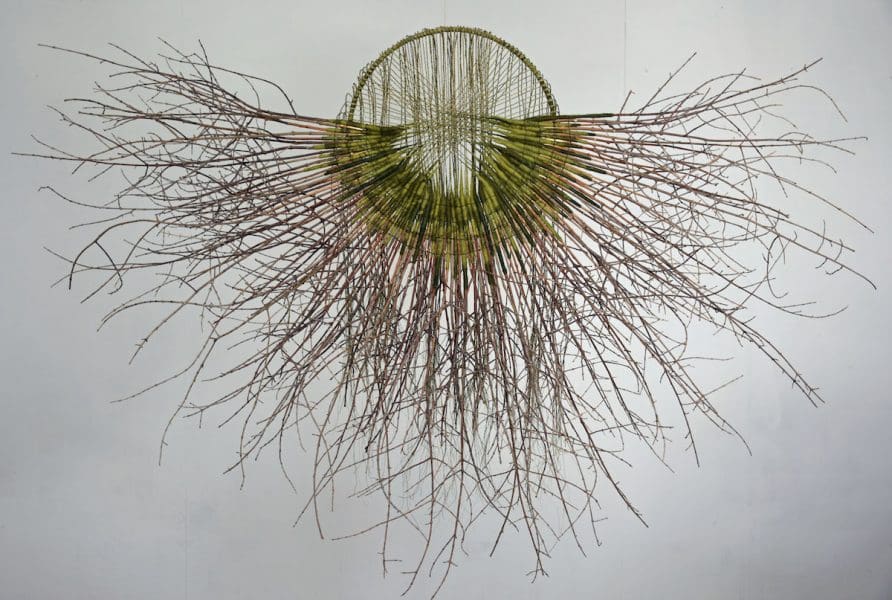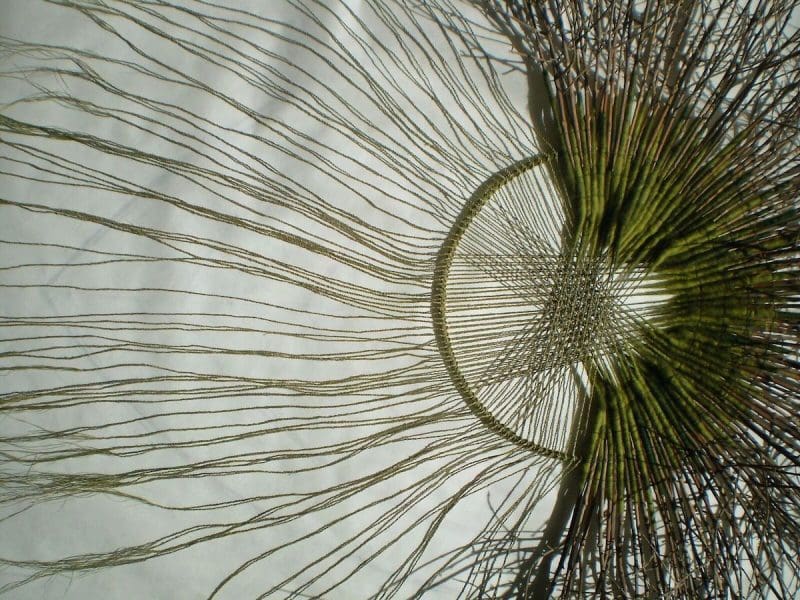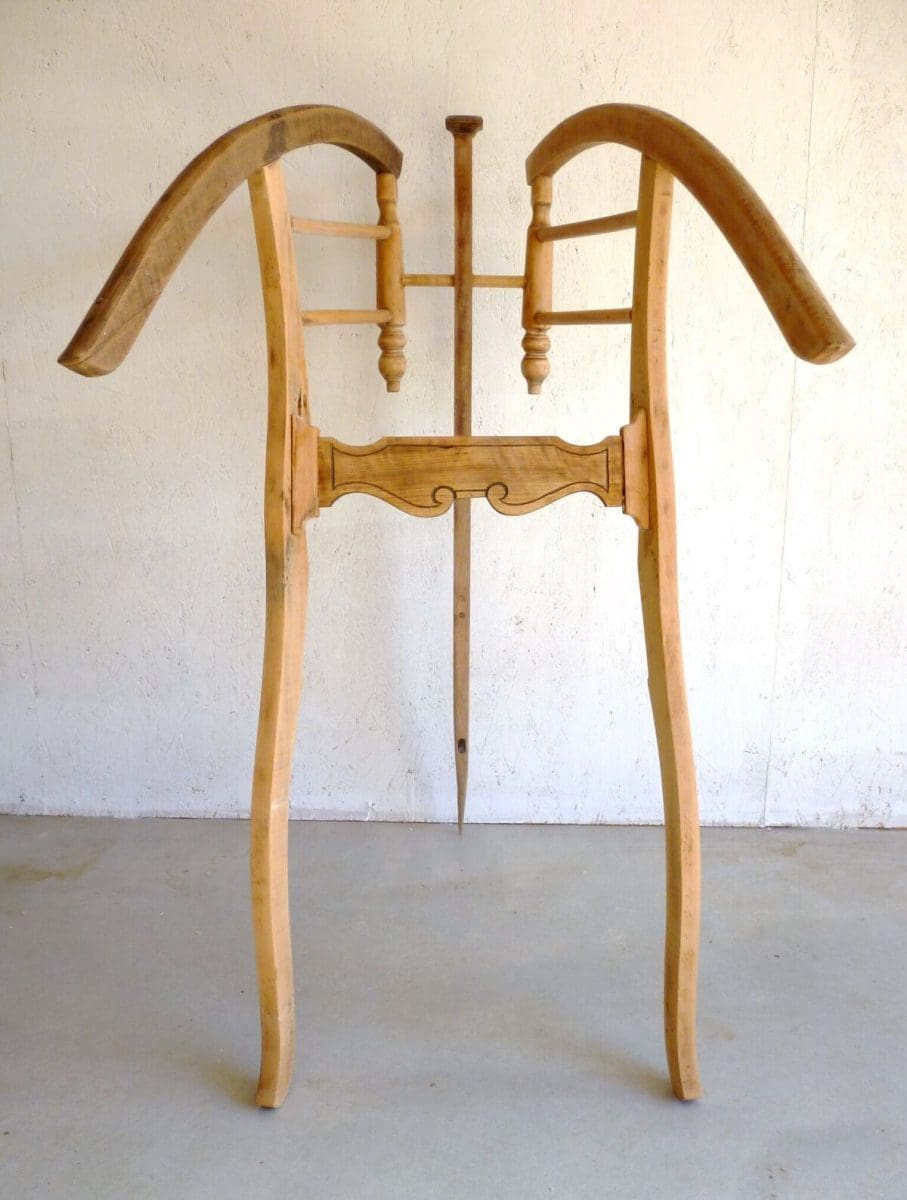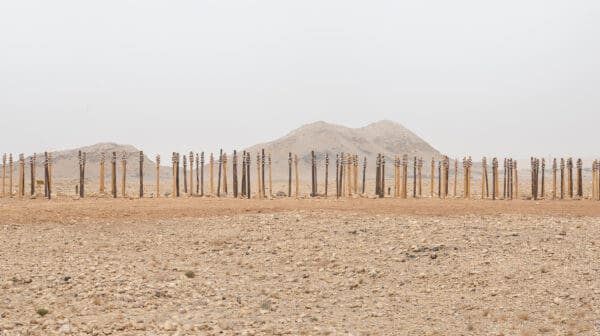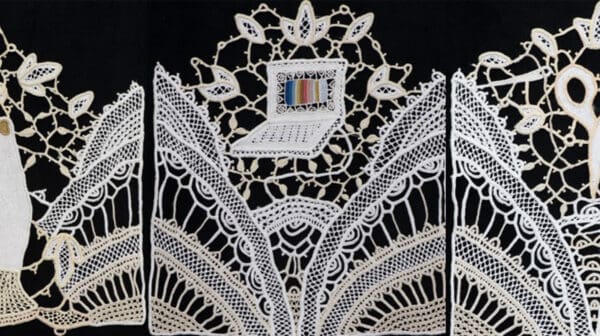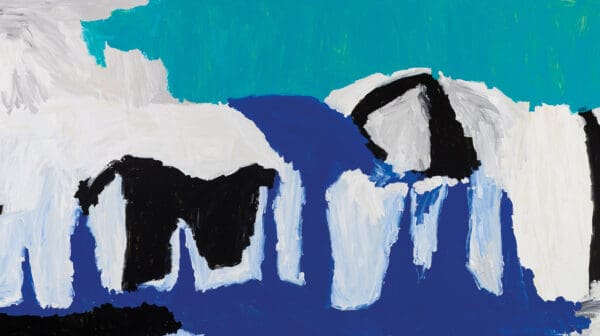In April 1999, representatives of Perth City in Western Australia signed a sister-city agreement with Taipei, the capital of Taiwan, with the aim of fostering strong social, cultural and economic links between the two municipalities. The group exhibition Antipodean Encounters: Western Australian Artists and Taiwanese Culture pursues the idea of building these ties in a more personal way.
The exhibition began with a women’s community project organised just over 12 months earlier, when Taiwanese-born curator Ashley Yihsin Chang worked as project manager for a residency exchange program between the two cities. Chang says that she “wanted to stimulate interest and awareness of the project to people in both locations,” while her career had a personal and professional focus “on the role that arts and culture plays in bringing diverse groups of people together with a common goal.”
The title Antipodean Encounters refers to a series of workshops organised by Chang in which a group of female artists from the greater Perth region were introduced to a similar number of Taiwanese women living in WA.
Initially women selected from each group became acquainted in pairs, and each artist was charged with creating a photographic portrait of her Taiwanese collaborator. Forming a backdrop to the exhibition are these original 22 poster-portraits featuring the stories of the Taiwanese women as told in both languages. After the initial phase of the project, further meetings, workshops, studio visits and cultural tours encouraged ongoing familiarity between the women and provided the artists with time and inspiration to develop additional art works.
The resulting exhibition of 30 works is created from an array of different media and includes painting, photography, textiles, ceramics and installation pieces.
Highlights include Eva Fernandez’s digital photographs of traditional Taiwanese foods arranged in the style of 17th century still-life paintings. While simultaneously echoing the artist’s Spanish heritage, each picture also entertains symbolic references to her dialogue with her Taiwanese collaborator, May Tsai, for whom food is the ‘magic glue’ that connects people of different cultures.
Similarly, Carmela Corvaia’s Tether, 2018, created from natural fibres and found objects, reflects an interest in the natural environment and the crafts of her own Sicilian heritage. It also operates as an artistic response to a green silk cheongsam belonging to Eva Willicombe, her Taiwanese project partner. Meanwhile, inspired by a new friendship with Carol Natalotto, Louise Monte’s Tides of Tea installation explores the aromas and ritual of the Taiwanese tea-making ceremony as well as the comings and goings of people navigating global oceans.
Chang lists her aims for the exhibition as threefold: to promote an opportunity for the local artists to engage with Taiwanese culture, to promote cross cultural dialogue for longer term benefits, and to provide a model for a community project with a global outlook. From her own perspective as an immigrant she notes, “seeing each poster/dialogue being developed and the process of the artworks being made with such thoughtfulness and effort has been a real privilege.”
Antipodean Encounters: Western Australian Artists and Taiwanese Culture
Midland Junction Arts Centre
11 August – 28 September






